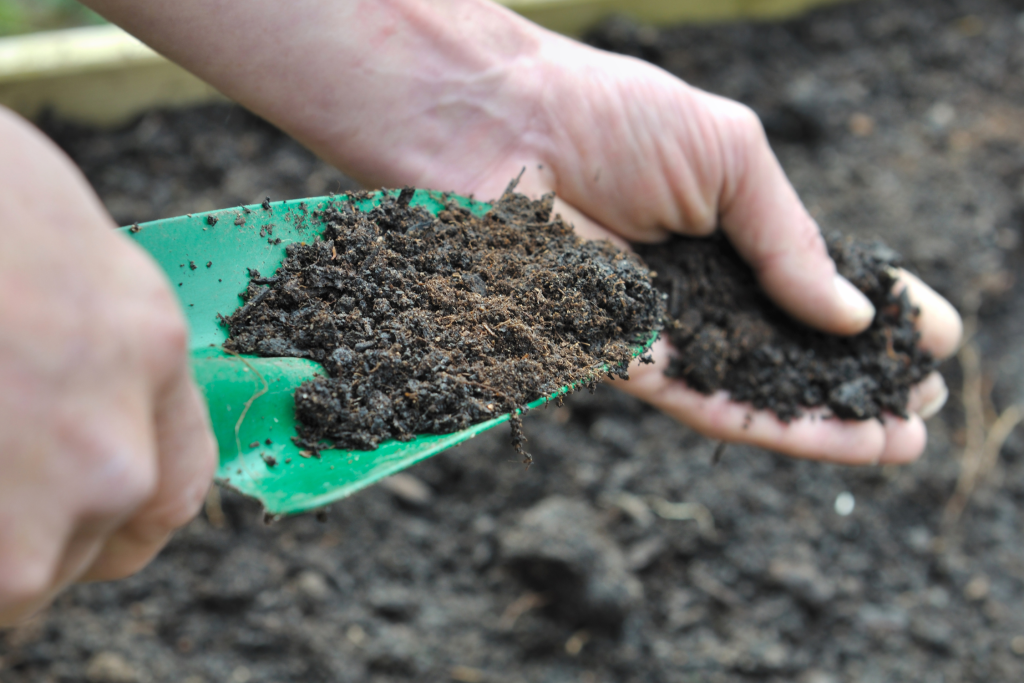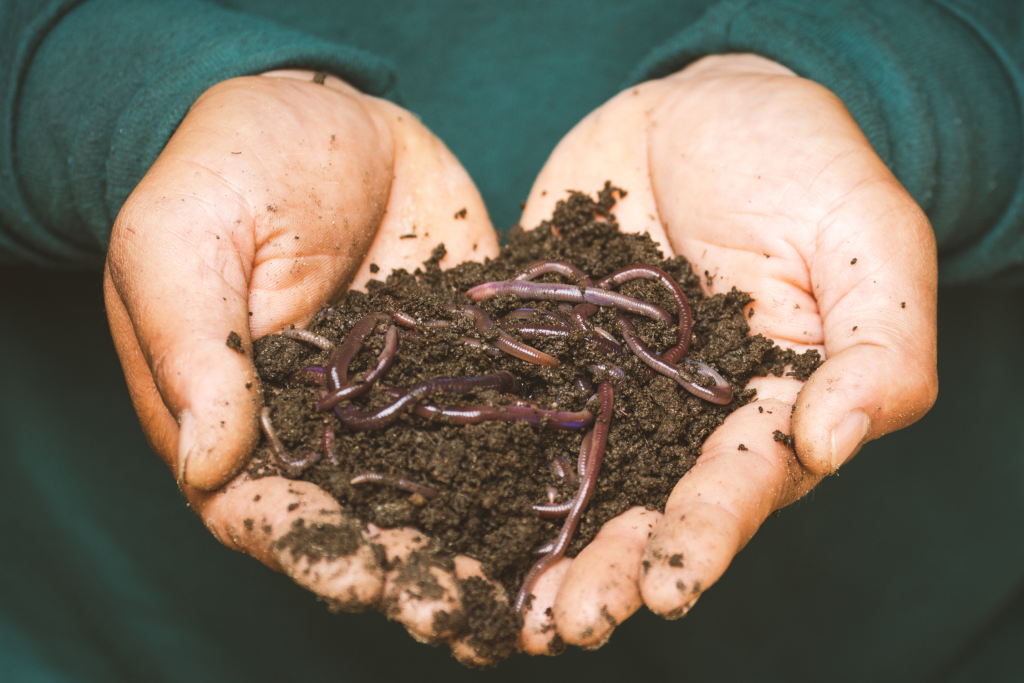
Loam soil, with its balanced mix of sand, silt, and clay, is often considered the ideal growing medium. It offers excellent drainage, moisture retention, and fertility, making it perfect for a wide variety of plants. However, even the best soil can benefit from regular improvement and amendments to maintain its structure and fertility. In this blog, we’ll explore how to enhance loam soil to ensure your garden thrives year after year.
Why Improve and Amend Loam Soil?
- Maintaining Fertility: Over time, plants deplete soil nutrients. Regular amendments replenish essential nutrients.
- Improving Structure: Enhancing soil structure helps maintain the balance of drainage and moisture retention.
- Boosting Organic Matter: Adding organic matter supports beneficial microorganisms and improves soil health.
- Adjusting pH: Sometimes, the soil pH needs adjustment to suit specific plant requirements.
Steps to Improve and Amend Loam Soil

- Conduct a Soil Test:
- Why: Understanding your soil’s current nutrient levels and pH is crucial for targeted amendments.
- How: Use a soil testing kit or send a sample to a local extension service. Follow the recommendations provided with the results.
- Add Organic Matter:
- Why: Organic matter improves soil structure, enhances nutrient content, and supports beneficial microorganisms.
- How: Incorporate compost, aged manure, leaf mold, or green manure into the soil. Spread a 2-3 inch layer of organic matter over the soil surface and work it into the top 6-12 inches of soil.
- Adjust pH Levels:
- Why: Most plants prefer slightly acidic to neutral soil (pH 6.0-7.0). Adjusting pH ensures optimal nutrient availability.
- How: To raise pH (make soil more alkaline), add lime. To lower pH (make soil more acidic), add sulfur or peat moss. Follow the soil test recommendations for the appropriate amount to apply.
- Enhance Drainage and Aeration:
- Why: Good drainage and aeration prevent root diseases and support healthy root growth.
- How: If your loam soil tends to compact, add coarse sand, perlite, or vermiculite to improve drainage and aeration. Avoid walking on garden beds to prevent compaction.
- Replenish Nutrients:
- Why: Regular feeding ensures plants receive essential nutrients throughout the growing season.
- How: Use balanced fertilizers (e.g., 10-10-10) or specific nutrient amendments based on your soil test results. Apply according to the package instructions.
- Mulch Regularly:
- Why: Mulching conserves moisture, suppresses weeds, and adds organic matter as it decomposes.
- How: Apply a 2-4 inch layer of mulch around plants, leaving a gap around the stems to prevent rot. Use organic mulches like straw, wood chips, or compost.
- Practice Crop Rotation:
- Why: Crop rotation prevents nutrient depletion and reduces the risk of soil-borne diseases and pests.
- How: Rotate crops in different family groups each year. For example, follow legumes (which fix nitrogen) with nitrogen-hungry crops like tomatoes or corn.
- Grow Cover Crops:
- Why: Cover crops protect the soil, improve fertility, and add organic matter.
- How: Plant cover crops like clover, rye, or vetch during the off-season. Incorporate them into the soil before they flower.
Tips for Maintaining Healthy Loam Soil
- Avoid Over-Tilling: Excessive tilling can break down soil structure. Till only when necessary to incorporate amendments.
- Water Wisely: Overwatering can compact soil and leach nutrients. Water deeply and infrequently to encourage deep root growth.
- Prevent Erosion: Use ground covers and mulch to protect the soil surface from erosion caused by wind and rain.
Conclusion
Improving and amending loam soil ensures that it remains fertile, well-structured, and capable of supporting healthy plant growth. By adding organic matter, adjusting pH, enhancing drainage, and replenishing nutrients, you can maintain the ideal growing conditions for your garden. Regular soil maintenance and thoughtful gardening practices will help you cultivate a lush, productive garden year after year.



